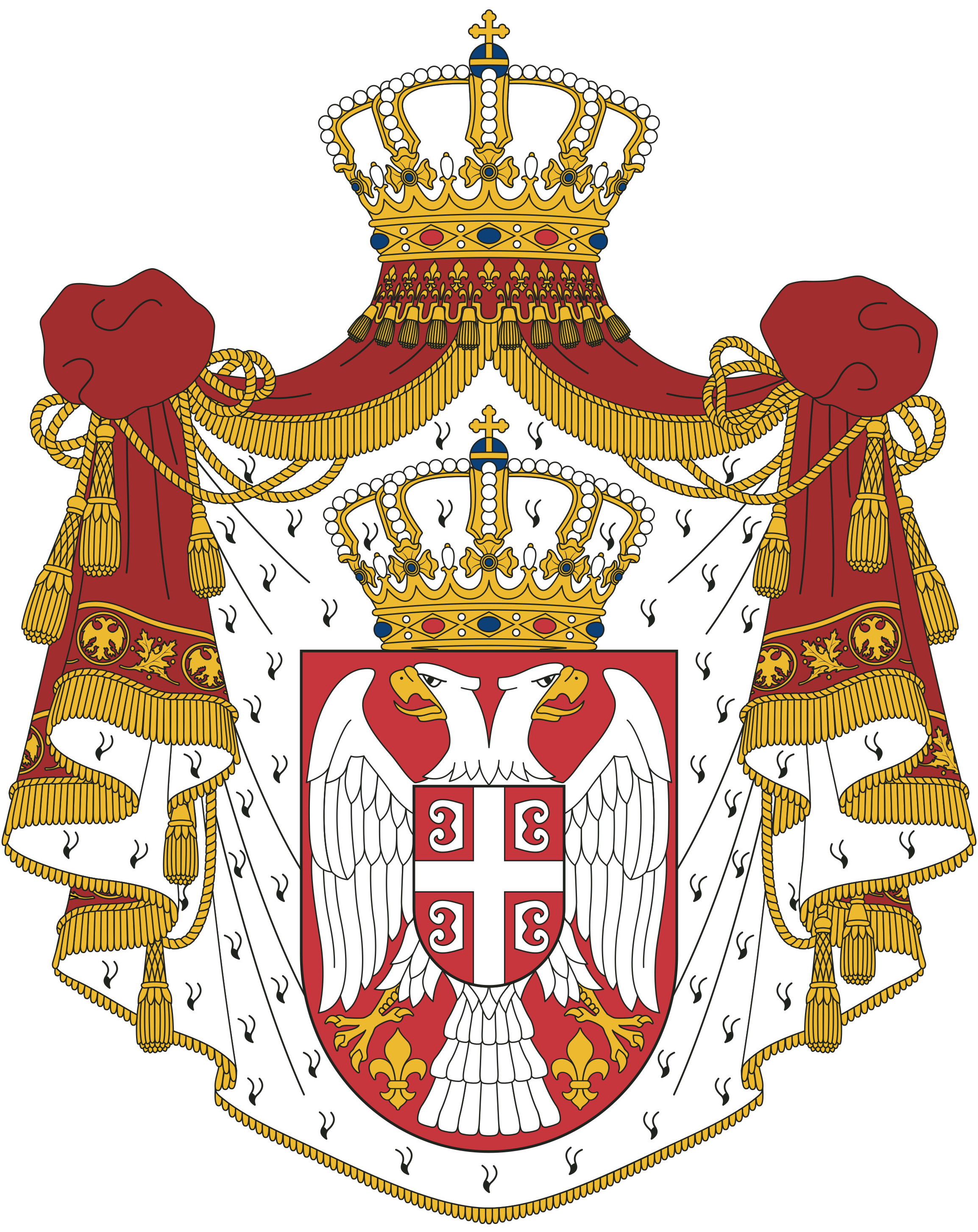Background of the emergence of the judicial power in Serbia
The first courts in Serbia appeared as a result of the First Serbian Uprising and Karadjordje. There is a dispute among the historians and lawyers, however, about the date and place of their occurrence. Some claim that the first courts, the magistrates, were established at the end of April 1804, based on the decision of the Assembly in Ostružnica. National officers proposed to Karadjordje the honorable judges from their districts, which were then appointed.
Others, the most significant among them being Archpriest Mateja Nenadović, claim that the first appointment of judges took place at the Assembly of the Valjevo district, on 5 May 1804, at the time of establishment of the Valjevo District Court. The Court operated out of the shacks located in Kličevac near Valjevo, in accordance with the operating instructions titled "Punctuations" and known in the legal literature as the "Code of Archpriest Mateja Nenadović."
* * *
The highest national court called the Synod was established in 1805 as a forerunner of the Governing Serbian Council, later called the Senate or the Serbian People’s Council. The Council shared the administrative and judicial authority with the supreme leader Karadjordje. Soon afterwards, municipal (nahija or nahiye) courts were established in the liberated Pashadom. Vuk Karadžič wrote about their objectivity: "Any person could sue the Duke in this court, and he would have to come to answer to the court."
At the time, the network consisted of the first-instance "rural" courts, second-instance "ducal" courts, and third instance "municipal" courts. Most trials involved the kidnapping of girls, the division of cooperatives, theft, family matters and inheritance.
Common people had difficulty getting used to the institution of the court. For a long time people kept going to their elders for justice rather than to the courts. Not knowing otherwise, the elders ruled in accordance with the former tribal customary law.
The period after the Second Serbian Uprising
After the Second Serbian Uprising, there existed a mixed, Turkish-Serbian judicial system which was officially separated into two in 1820 thanks to the exceptional diplomatic skills of Prince Miloš. The "Serbian General People’s Court" was established for the Serbs in Kragujevac, while the Turks continued to use the so-called ‘musellim’ in their trials.
Municipal courts were established soon afterwards - first in Pozarevac, in 1821, and by the year 1826 in Čačak, Jagodina, Smederevo, Šabac and Valjevo, Svilajnac, Kragujevac and Užice. The National Offices were established as well: in Belgrade (the Great People's Court in Belgrade, the President of which was the Archpriest Mateja Nenadović), and in Kragujevac, where Serbs were tried "for more serious offenses".
Although the General People’s Court had judicial authority, the last instance was nevertheless the Prince who, therefore – for all the apparent independence of the court - still held all the power in his hands.
In an attempt to normatively regulate the operation of the courts, Prince Miloš passed in 1825 the first instruction regarding the work of the magistrates-municipal courts, titled "Continuation". It was followed by the Book of Rules, the Edict for the members of the magistrates, and finally by the Decree on the operation of magistrates in 1835.
Results of the existence of the courts were evident early on. They significantly reduced violence and brigandry, and prevented vagrancy and idleness; the census was determined and the tax system was introduced. Although Prince Miloš suppressed many bloody rebellions, he also prevented a certain number of them with amicable agreements and absolutions that were later affirmed during the service of God, in the church. Many traveling writers from the beginning of the reign of Prince Miloš describe Serbia as an ordered and safe country for all the passengers. Europe had already taken its first steps toward Serbia, and Serbia had opened its doors to all that was beneficial to its progress.
The Sretenje Constitution of 1835
The Sretenje Constitution from 1835, which was quite liberal for its time, explicitly separated the three branches of government: "legislative, executive and judicial." The first two were exercised by the Prince and the State Council which was established as a body composed of national officers and regarding which the first laws in Serbia were passed.
The judicial branch was to be independent and have three instances. Until the establishment of the courts of all three instances, the judicial power was exercised by the first instance district courts, the Great Court as the court of appeals, and the State Council as the court of third instance. This role of the Council, of course, limited the judicial power; nevertheless, this Constitution improved the judiciary to a great extent.
The significance of the Constitution lies in the fact that it legally introduced judicial independence: "In pronouncing his judgment, a judge does not depend on anyone in Serbia but the Serbian Code; no lower or higher power in Serbia has the right to deter him from this, or command him to rule differently than what the laws prescribe."
The Turkish Constitution of 1838
The Turkish Constitution was passed in 1838 to limit the authority of Prince Miloš, and a stronger role of the collegial authority, the State Council, was imposed under the strong influence of Russia.
The Constitution maintained three mandatory court instances and the complete separation of the judicial power from the other branches of government. Unlike the previous one, this Constitution essentially introduced the exclusive jurisdiction of the courts in the exercise of judicial power, excluding the Council. The new network of courts consisted of the rural courts, the first instance (district) courts, and the appellate courts. The courts ruled only in accordance with the laws and regulations, and the administrative power was not allowed to interfere. It was mandatory for each court to have courtrooms, a prison, a cross, the book of Gospel, the book of court rules and the Constitution. Presidents and members of the court had to be honest, honorable, conscientious, impartial, incorruptible "and naturally bright, understanding and perspicacious people able to learn even when they previously had no opportunity to do so, able to do what is right before God and before men, able to use their sound minds, and in any case rule as they see fit, without anyone’s interference."
There were about 1,251 rural courts in Serbia; the number of district courts was the same as the number of districts, and the year 1840 brought the establishment of the Appellate Court. Its seat was in Kragujevac, to be moved to Belgrade in1841.
The judiciary was given independent position which marked the beginning of the enormous effort of creating the written laws.
As time went by there were more and more regulations on the work of the courts, the most important being the first Law on Courts enacted in 1840. The first Civil Code, the most important law in Serbia at the time, was passed in 1844. With minor modifications and amendments, it was actually the abridged translation of the Austrian General Civil Law which was based on Roman law. The Code included certain elements of Serbian customary law, particularly with regard to inheritance and succession within a family community. The most important provision was certainly the one about the inviolability of private property. This law finally abolished feudal relations, contributing to a more rapid development of villages.
The above text is from the publication titled "The Supreme Court of Serbia 1846-2006, 160 years of the rule of law" by Nikola Žutić, PhD, created in 2006 to commemorate one hundred and sixty years of existence of the highest court in Serbia


